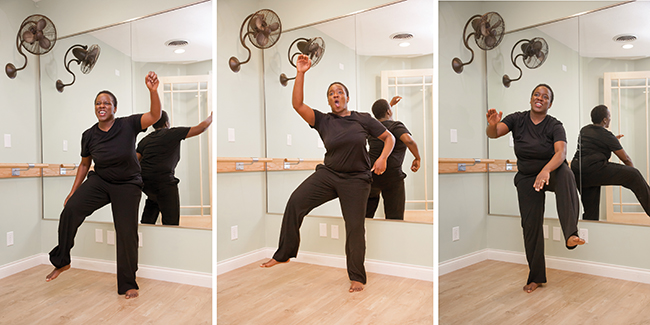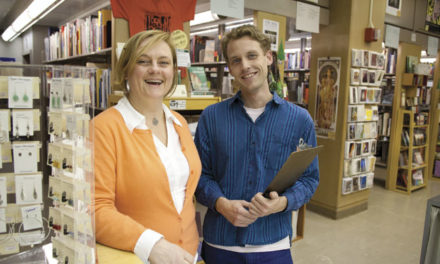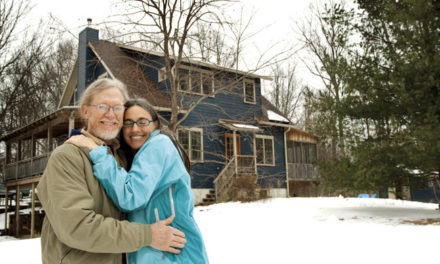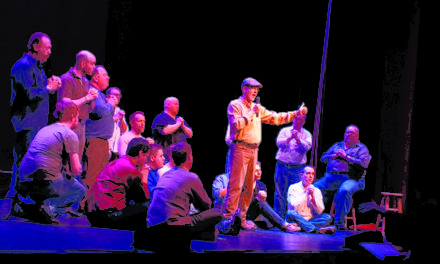
BY SOPHIE BIRD
When Ellyn Barham-Pruitt moved to Bloomington just 10 days after graduating from high school, she didn’t expect to be introduced to a style of dance that would come to mean so much to her. She still remembers the thrill she felt when she saw the IU Gumboot Dancers take the stage at Indiana University’s annual CultureFest.
Although she didn’t have much of a dance background, that experience inspired her to begin practicing with the group nearly every Sunday while at IU. “I found it so intriguing and empowering to watch them dance,” she says. “They loved what they were doing and I wanted to be a part of it.”
The gumboot dance is performed wearing Wellington boots, called gumboots in South Africa, where the dance originated. There, miners wore the boots as part of their work uniform. Forbidden to speak while working, they used the stomps and slaps as a form of coded communication. Later, gumboot dancing developed into a form of anti-apartheid protest. To this day, it remains a culturally significant form of expression in its country of origin and beyond.
While at IU, Barham-Pruitt danced with the group under the leadership of director Muziwandile Hadebe, sharing gumboot dancing with the community and educating people about its origin. “Remembering the history makes it a powerful dance,” Barham-Pruitt explains. “We can raise awareness. It brings us together and gives even more meaning to why we dance.”
Barham-Pruitt, 29, says anyone can participate in gumboot dancing and pay homage to the dance’s roots. “Although some rhythm helps,” she admits.
Although the official IU group no longer meets, Barham-Pruitt still shares the dance with others whenever she can. Last spring she presented a workshop at the Unitarian Universalist Church of Bloomington. Most recently, she performed a gumboot dance in the local production Resilience, which celebrated African American history in Indiana.
Barham-Pruitt, who graduated from IU in 2012 and is an associate virtual application engineer with University Information Technology Services at IU, says she is grateful to those in Bloomington who have encouraged and taught her. “I’m happy now to be able to recognize and honor all the people who helped me with dance along the way.”







